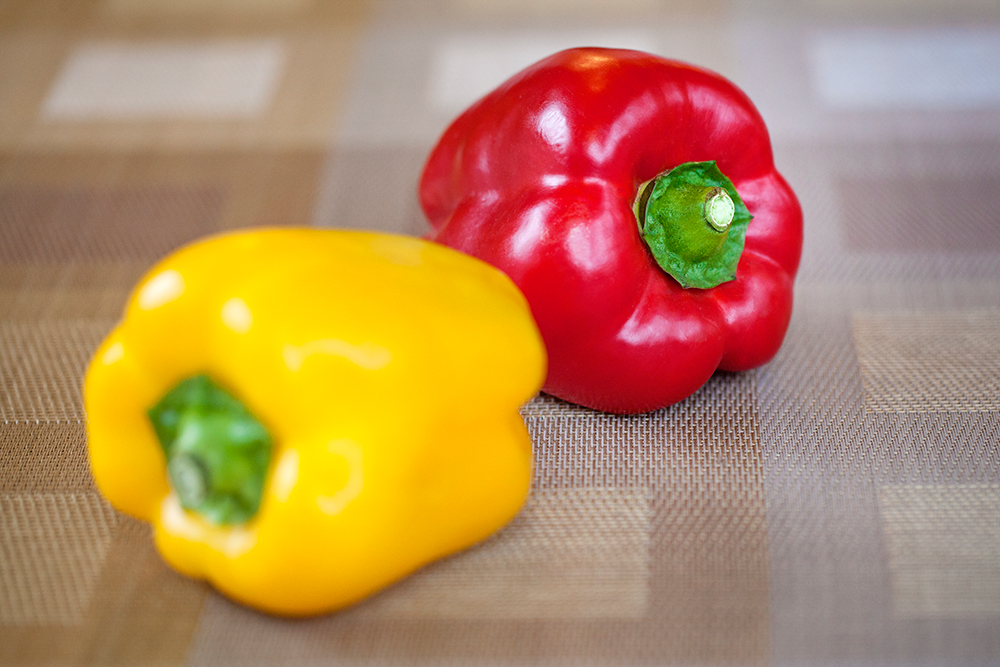As predicted, while I grapple with the gargantuan task of becoming a certified health coach, assisting Mirror Imaging at the height of the wedding season and simultaneously checking-out old tenants and finding new ones, I have virtually no time to develop new recipes for this blog. Indeed any attempt to write my blog is secondary to cooking our daily meal and getting enough exercise. Hence, I’ve gotta keep things quick and easy.
It’s a blessing. My brain cells are getting enough of a work-out with coursework and exams so I’ll keep to the point of Primal Plate, which is to simply feature delicious recipes that help you transition from being a carb-dependent sugar-burner to a fat burning beast.
Here’s one such recipe taken from Jill Dupleix’s book, appropriately titled: ‘Very Simple Food’. Torn Mozzarella and Peppers is like a bottomless pizza that sings out ‘Mediterranean’. With more than its fair share of vitamins and minerals - the brightly coloured peppers are a give away - this warm salad relies heavily on the best ingredients you can find. Fresh buffalo mozzarella is heavenly and its soft creaminess pairs beautifully with the slight crunchiness of warm, sweet peppers.
This gorgeous salad only takes minutes to make and can be served either on its own or as a light main course accompanied by crispy Keto Bread Rolls, still warm from the oven.
The easiest meal in the world to prepare and so very healthy and tasty to boot, Torn Mozzarella and Peppers is a yummy, Primal, low-carb winner. I think you’ll enjoy.
Torn Mozzarella and Peppers (serves 4)
Ingredients
2 organic sweet yellow peppers
2 tbsp organic extra virgin olive oil
Freshly ground organic black pepper
2 tbsp organic flat leaf parsley
2 organic fresh mozzarella balls (convenient for me to buy weekly with my Riverford order but it’s cheaper from Waitrose!)
Instructions
Holding the peppers upright, cut the sides away from the core and seeds, then cut each piece into 1cm squares.
In a saucepan, combine the peppers with the olive oil, salt and pepper and stew gently over a low heat for 10-15 minutes without allowing the peppers to fry or brown.
Remove from the heat and allow to cool until barely warm.
Set out 4 shallow serving bowls or plates and using a slotted spoon, divide the peppers equally between the plates, saving the cooking juices/oil left in the bottom of the pan.
Drain the mozzarella and pat dry with kitchen roll. Tear the mozzarella into small pieces with your fingers (I don’t discard the thick skin as the original recipe advises - it’s all good!) then distribute evenly between the plates, randomly dotting it over the peppers.
Tear the parsley leaves into shreds with your fingers and scatter on top of the mozzarella.
Drizzle with the reserved oil to serve.
Notes
This recipe is a great example of how eating low-carb doesn’t mean eating no carbs. You easily consume plenty of carbohydrates (glucose forming food) for your body’s needs when you eat lots of fresh, organic vegetables grown above ground, small amounts of fresh fruit, nuts and seeds. A high-carbohydrate, high insulin-producing diet is pro-inflammatory, immune suppressing, and hormone balance disrupting, which increases the risk of assorted health problems and serious disease.
Interestingly, the total amount of glucose dissolved into the bloodstream in a healthy non-diabetic is only about a teaspoon, or five grams. Exceeding that level quickly becomes toxic; fall much below that and you will pass out.
It takes approximately 21 days to lessen your reliance on external sources of carbohydrates and become efficient at fat and ketone burning. If you want to be strong, slim, disease and wrinkle free for longer than most people believe possible, limit your carbohydrate intake to less than 150 grams per day.
Fat 24g Protein 11g Carbohydrate 13g - per serving






























